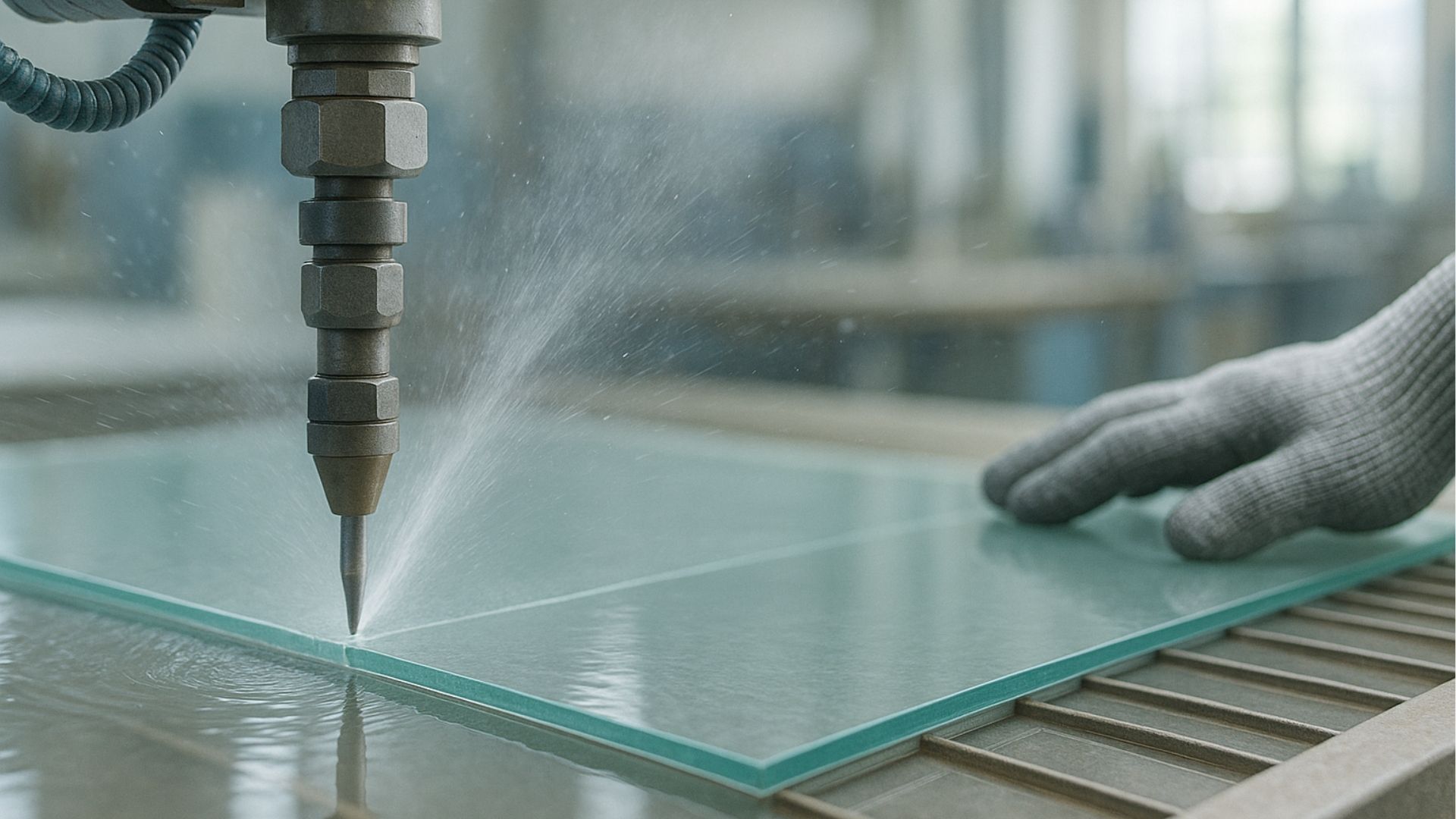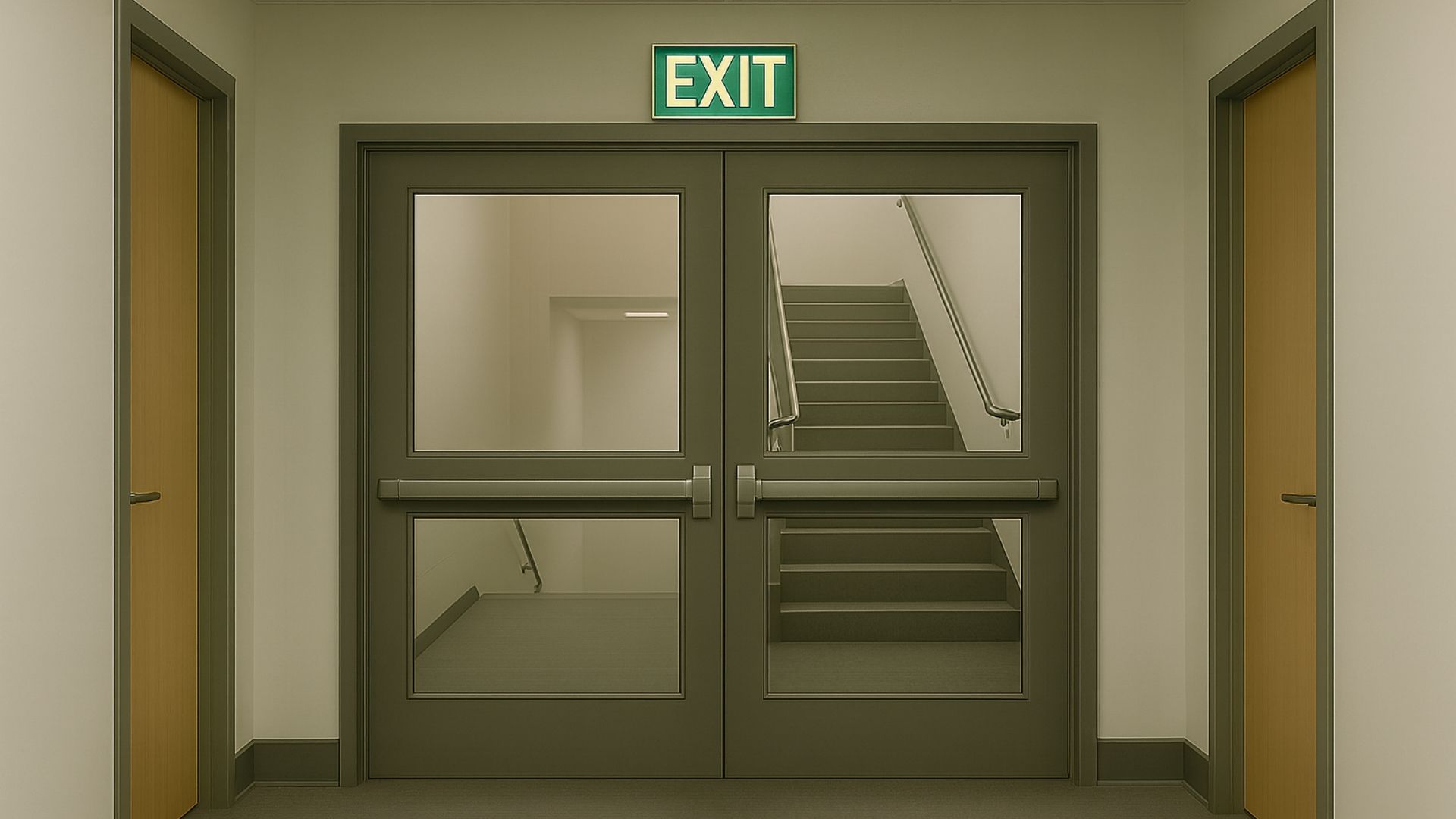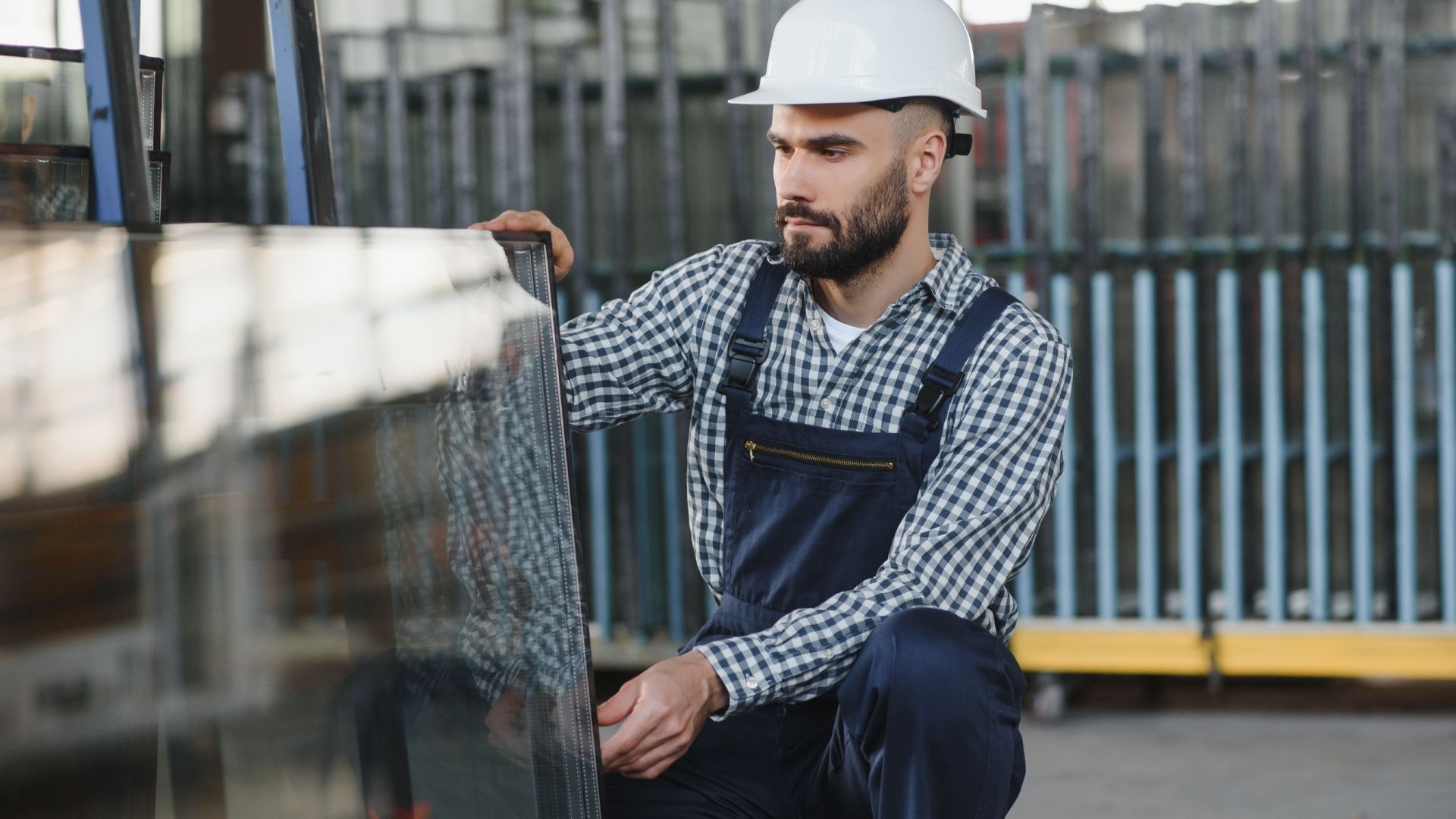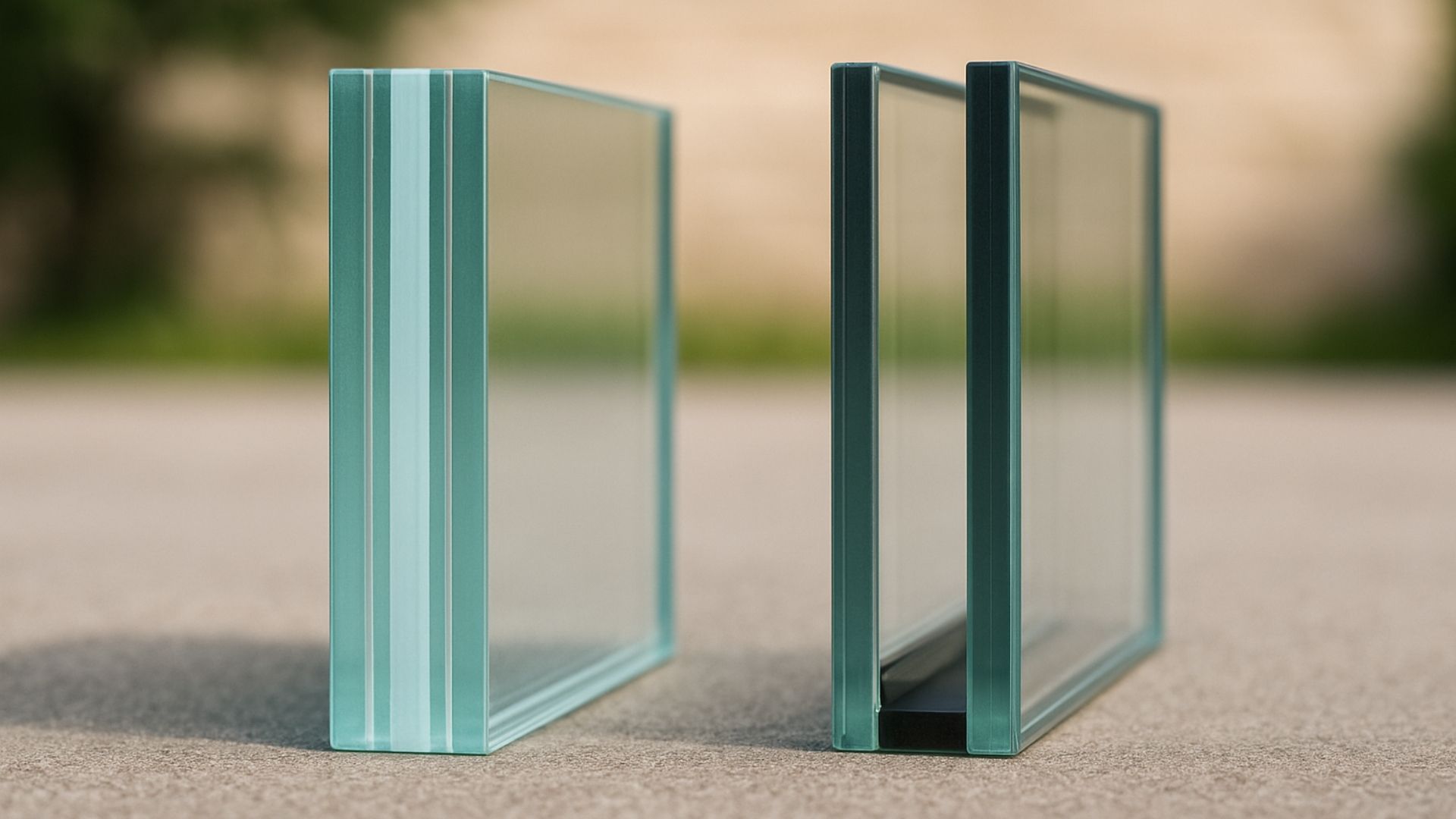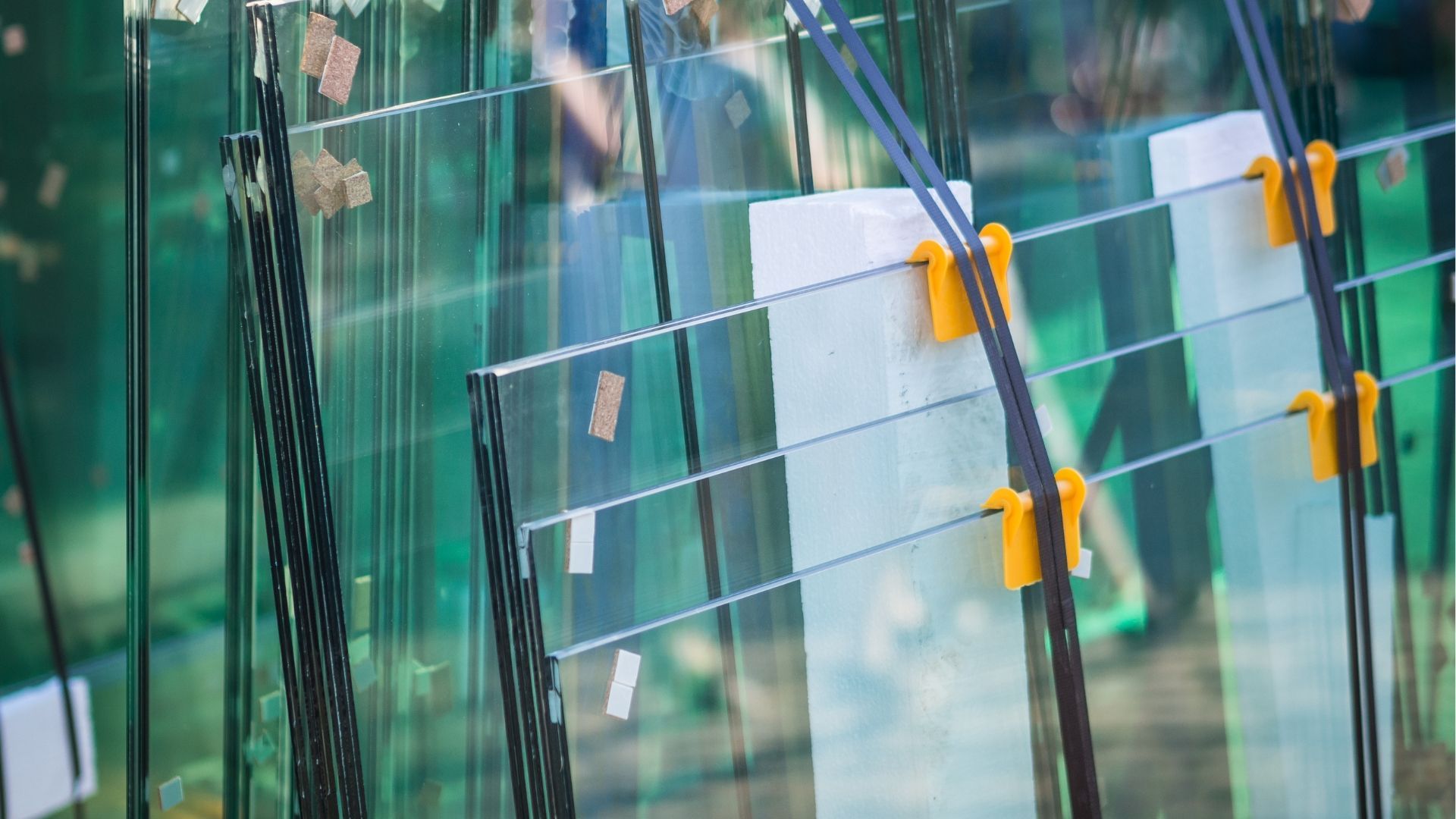When to choose heat-strengthened glass over toughened glass
Share this blog:
Heat-strengthened glass and toughened glass are made with similar methods but their applications vary. Learn which might be best for your project.

To the layman, glass is a single material: the stuff used to make everything from tumblers to high-end elevators.
But in the industrial sphere, "glass" is an umbrella term – and it's one big umbrella.
A single building project might call for several different types of glass. The selection process will depend on a range of factors: cost, of course, but also durability, thermal efficiency, aesthetics and more.
Take the difference between heat-strengthened glass and toughened glass. Both are stronger than standard annealed glass thanks to their manufacturing process. This involves heating them at high temperatures and then cooling them.
Despite their similarities, however, these two staple materials are used for different applications – and project managers need to be up to speed with the differences.
Perhaps the clearest difference relates to strength. Both types of glass are stronger than their annealed counterparts. However, on a scale of strength, heat-strengthened glass falls somewhere between annealed glass and toughened glass.
So, when would you choose one over the other? Let's explore some of the key use cases.
When is heat-strengthened glass better than toughened glass?
When you need strong glass, but not safety glass
Heat-strengthened glass is stronger than standard annealed glass but not as strong as toughened glass. It's also cheaper than toughened glass.
This means one thing. If you need strong glass but building regulations don't call for toughened glass, heat-strengthened glass is the more cost-effective solution of the two.
When thermal stress resistance is a priority
Heat-strengthened glass can also be a preferred choice for large external walls. This is because it provides superior thermal stress resistance compared to toughened glass.
In some cases, safety regulations require the use of toughened glass. If not, heat-strengthened glass can be a durable, affordable choice. Moreover, it provides a sheer optical clarity that toughened glass doesn't.
When optical clarity is a priority
In most settings, toughened glass looks the part as well as fulfilling its role. But the nature of the manufacturing process means it's more likely to have optical distortion.
If optical clarity is a high priority – and building regulations permit – then heat-strengthened glass can be a better choice than toughened glass.
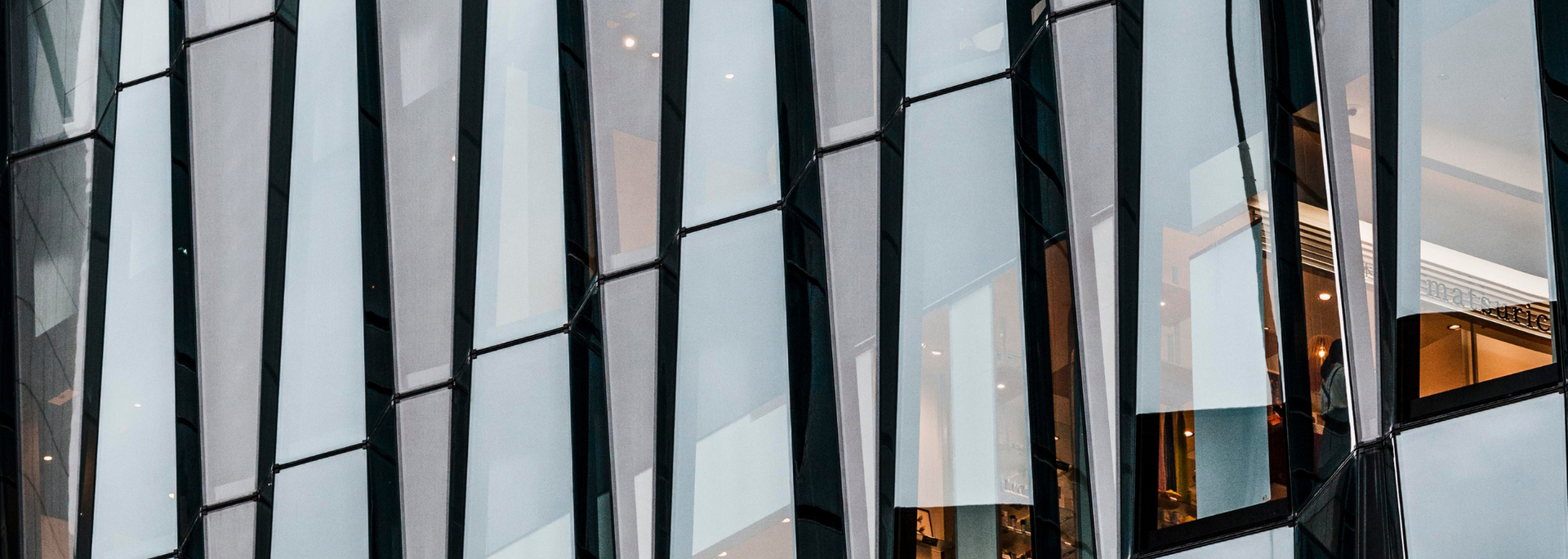
When you want glass to maintain its shape after breaking
This use case relates to the distinctive breakage patterns of toughened glass and heat-strengthened glass.
See, toughened glass is hard to break. But when it does break, it shatters into tiny, blunt pieces.
Heat-strengthened glass, on the other hand, breaks like standard annealed glass. It shatters into large, sharp shards.
This might not sound like much of a benefit. However, it does have one key advantage: heat-strengthened glass is more likely to maintain its shape and stay in its frame after breaking. If toughened glass was used, the tiny pieces would fall out of the frame.
This makes heat-strengthened glass ideal for situations where you want to minimise the likelihood of glass fragments falling. It's also useful for situations where it's acceptable for broken glass to remain in place for some time while you arrange a repair.
These, then, are some common use cases for heat-strengthened glass. But some installations call for toughened glass – and more often than not, this is because it's required by safety codes and building regulations.
When should you choose toughened glass over heat-strengthened glass?
Toughened glass should be used where safety is a primary concern. This includes (but isn't limited to) shower enclosures, pool fences, overhead glazing, and doors and windows in certain positions.
Building projects are now strictly regulated, and these regulations call for safety glass, including toughened glass, to be used in certain applications.
These are mostly locations likely to experience a high level of human traffic. In these instances, toughened glass must be used to ensure the safety of occupants, visitors and passersby.
If you're working on a project where these regulations don't apply, heat-strengthened glass could be a good choice – especially if you want to keep material costs down.
What is heat-strengthened glass?
Heat-strengthened glass is what it says on the tin. A sheet of standard annealed glass is heated to a high temperature and then cooled.
The finished product is about twice as strong as annealed glass but less strong than toughened glass. It breaks into larger and blunter pieces than annealed glass but lacks the distinctive breakage pattern of toughened glass.
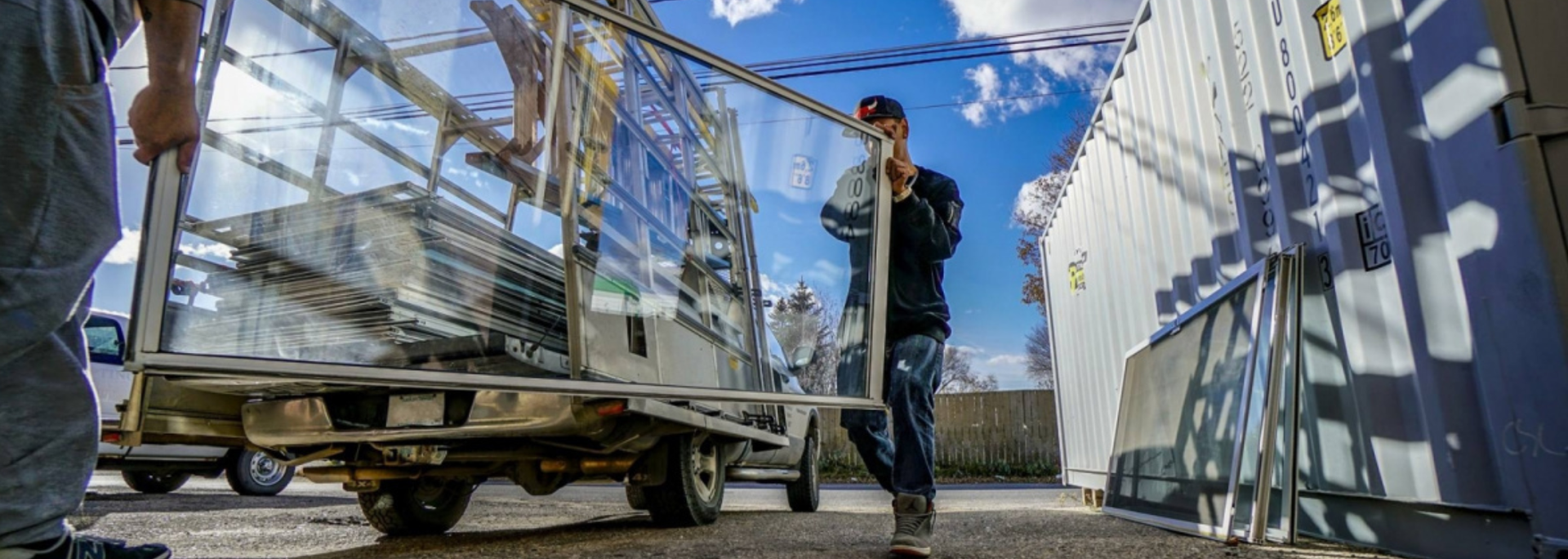
The strength of heat-strengthened glass is a key consideration when choosing whether to use it over toughened glass.
Like toughened glass, heat-strengthened glass can be laminated. This involves sandwiching a plastic interlayer (often PVB) between two sheets of glass. This creates a unit that retains its structural integrity when broken. In the case of fire-rated glass, the interlayer can be a gel-like substance.
What is toughened glass?
You could say that toughened glass is heat-strengthened glass and then some. Its extra strength comes from the "quenching" or "tempering" end of the manufacturing process.
Both heat-strengthened glass and toughened glass are cooled once they come out of the furnace. Toughened glass, however, is cooled much more rapidly.
This does something special – and useful – to the molecules inside the glass. Whereas a sheet of heat-strengthened glass will break into large shards, toughened glass will break into lots of tiny, blunt particles.
A shattered pane of glass is a shattered pane of glass – not something anyone wants to see, still less be exposed to.
But in buildings where there's lots of human traffic, toughened glass can be used to ensure that injuries are minimised.
Like heat-strengthened glass, toughened glass can be laminated. This creates an even more durable and thermally efficient unit.
What are the key differences between heat-strengthened glass and toughened glass?
There are four key differences between heat-strengthened glass and toughened glass.
1. Safety
Along with laminated glass, toughened glass is classified as safety glass. While heat-strengthened glass is stronger than annealed glass, it doesn't qualify as safety glass.
2. Breakage
Heat-strengthened glass and toughened glass break in different ways. The former breaks into large, sharp pieces while the latter shatters into many small, blunt, pebble-like fragments. This means toughened glass is often the safer option.
3. Strength
Heat-strengthened glass is around twice as strong as standard annealed glass but weaker than toughened glass.
4. The manufacturing process
Both types of glass are heat-treated, but toughened glass is cooled more rapidly. It's this rapid quenching that gives toughened glass its distinctive breakage pattern.
Are you looking for high-quality heat-strengthened glass or toughened glass? We can help. Get in touch with ToughGlaze today for a quick, competitive quote or explore our range of products online.

